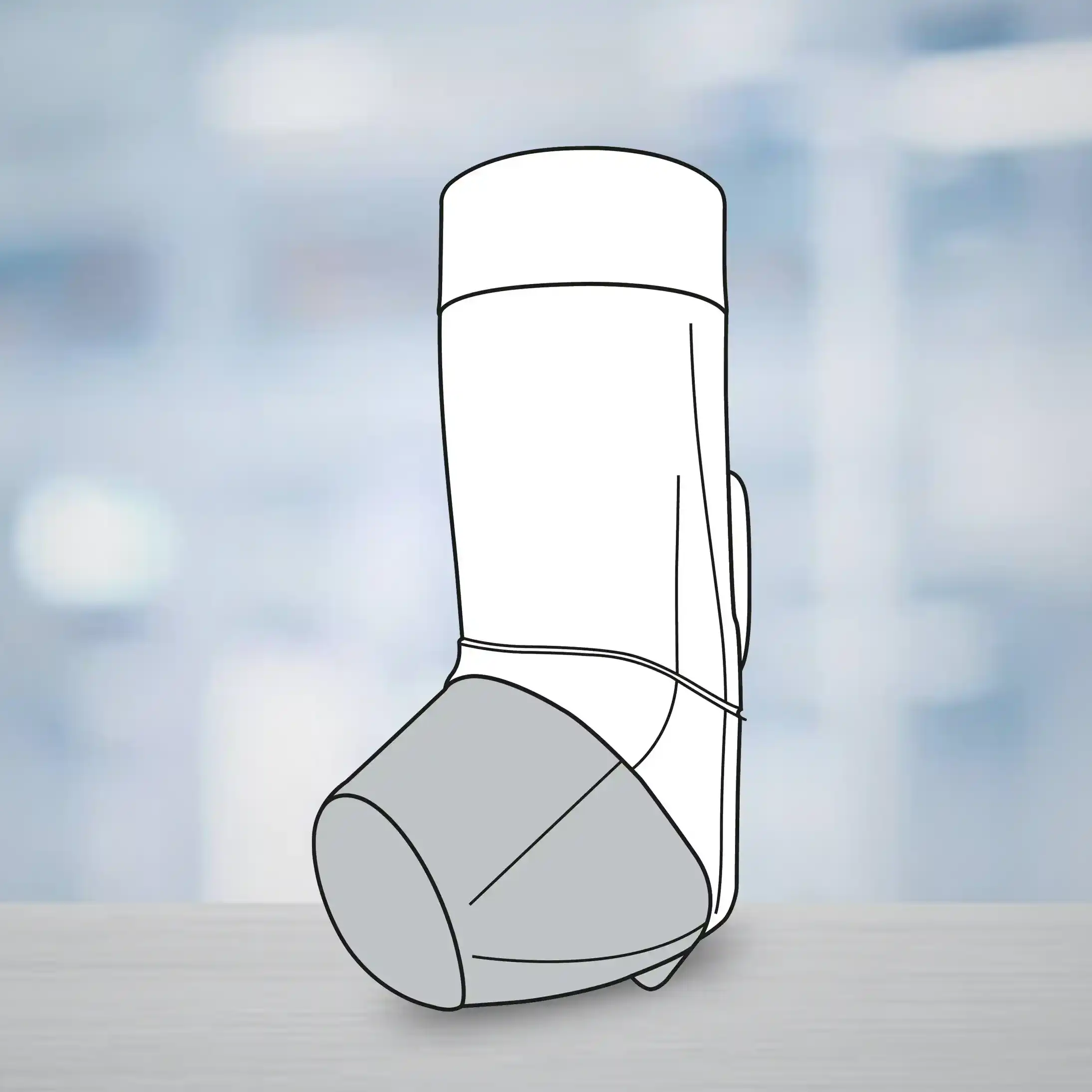Introduction
The current guidelines recommend H1-antihistamines as the first line therapy for allergic rhinitis (AR) and intranasal corticosteroids (INS) as the gold standard for moderate to severe cases. However, an effective symptom control is not attained by most of the AR patients. The antihistamine property of azelastine hydrochloride (AZE) together with the anti-inflammatory property of fluticasone propionate (FP) might be beneficial in these patients and help in achieving effective symptom control.
Aim
The efficacy and safety of AZE nasal spray in combination with FP was compared to AZE monotherapy in patients with moderate to severe AR.
Methods
Study Design
- Prospective, randomized, open-label, parallel-group, comparative study
Treatment Strategy
- Patients aged 18-65 years with moderate to severe AR
- Randomized into 2 groups of 35 patients each
- Group A received 137 µg AZE, two sprays in each nostril twice daily
- Group B received combination of 137 µg AZE and 50 µg FP, two sprays per nostril twice daily
- The cohort underwent physical, clinical, nasal and ocular assessments at baseline (visit 1)
- Treatment duration was for 2 weeks with a follow up at end of 2 weeks (visit 2)
Endpoints
- Mean change in total symptom score (TSS) from baseline
- Total nasal symptom score (TNSS)
- Total ocular symptom score (TOSS)
- Adverse events (AEs)
Results
- The mean change in efficacy endpoints at visit 2 from baseline are shown in table 1.
|
| Group A | Group B | ||
|
| Baseline | Visit 2 | Baseline | Visit 2 |
| TNSS | 9.88+0.99 | 5.78+2.35 | 9.97+0.92 | 2.71+1.36 |
| TOSS | 5.8+1.32 | 1.60+1.19 | 6.08+1.37 | 1.04+0.87 |
| TSS | 15.68+1.98 | 5.78+2.35 | 16.0+1.86 | 3.22+1.64 |
- At visit 2, group B demonstrated significant reductions in TNSS, TOSS and TSS as compared to group A; p<0.0001, p<0.0016 and p<0.0001 respectively
- Both the groups tolerated the nasal sprays well
- Common AEs were bitter taste and headache
- There were no serious AEs
Conclusion
- The nasal spray containing azelastine hydrochloride (AZE) and fluticasone propionate (FP) was safe and offered better symptomatic improvement as compared to AZE monotherapy in patients with allergic rhinitis (AR).
Natl J Physiol Pharm Pharmacol. 2019; 9(5): 356-360. Doi: 10.5455/njppp.2019.9.0204820022019.

.svg?iar=0&updated=20230109065058&hash=B8F025B8AA9A24E727DBB30EAED272C8)








